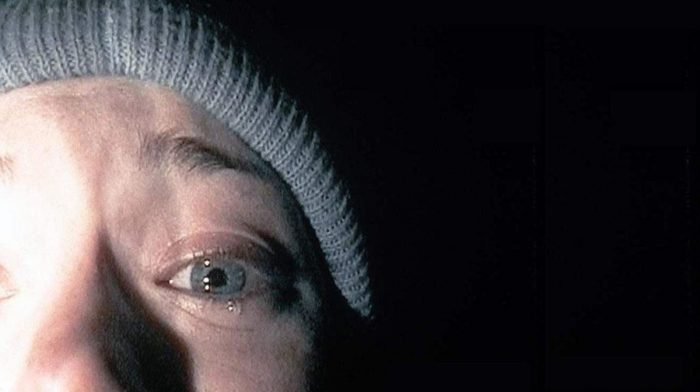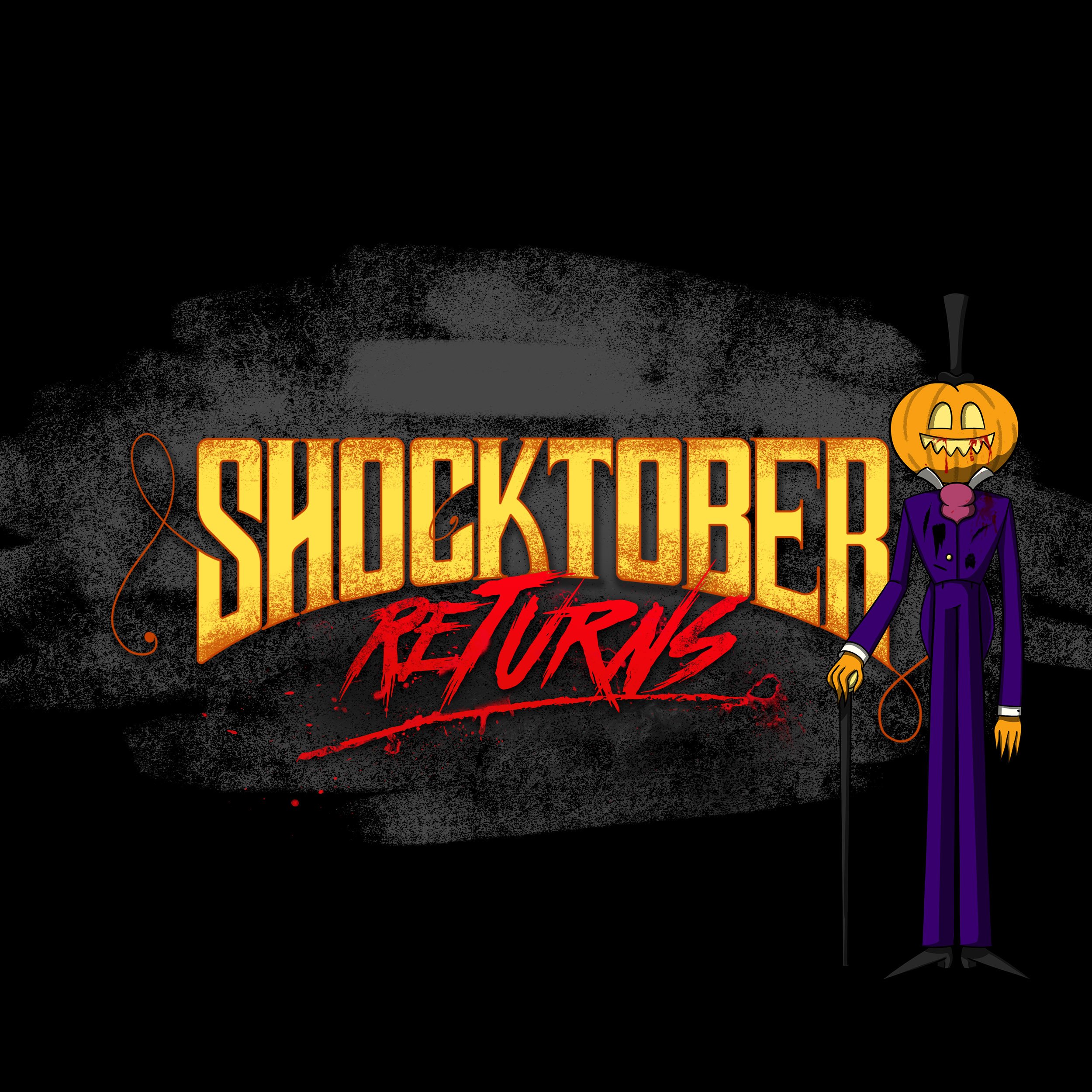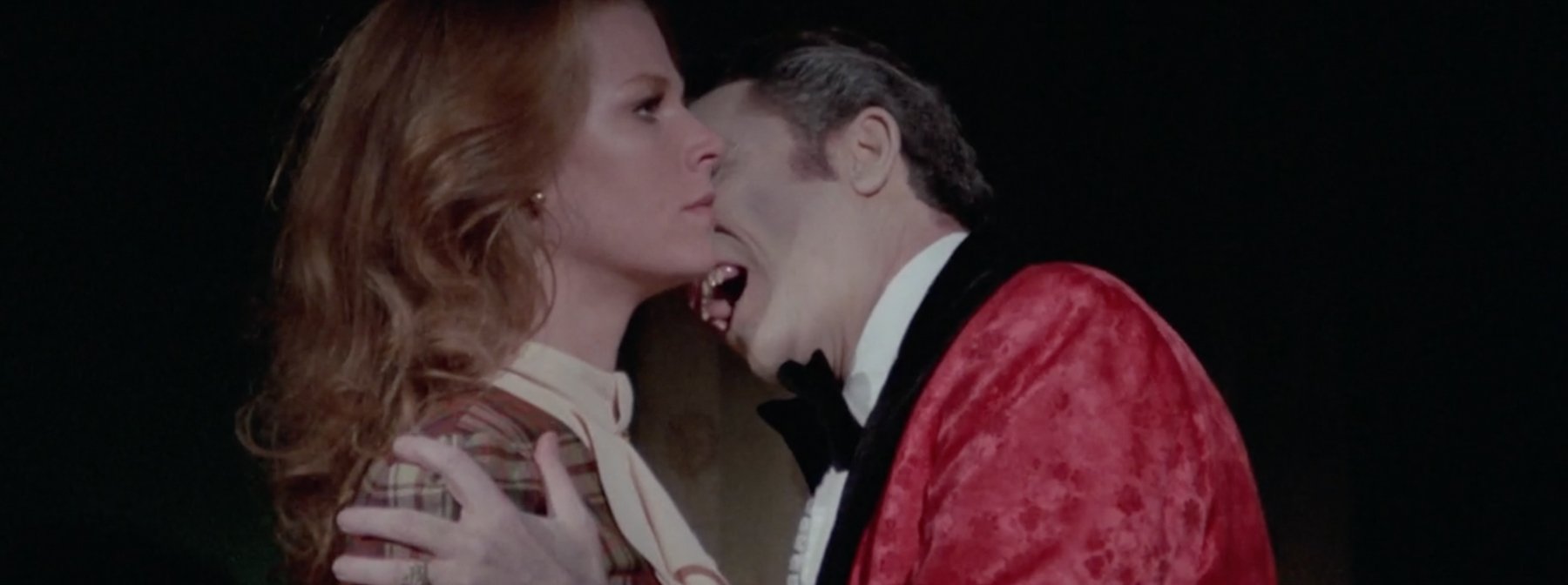“This is what I imagine when I’m away. This lonely place.” ― Sam Neill
In the 1995 documentary Cinema of Unease: A Personal Journey by Sam Neill [1], the madness (and wit) the actor has so often embraced makes complete sense. Co-written and directed with Judy Rymer, Neill presents an indifferent environment, one of imprisonment that has forged an unbalanced and restless mindset ― derangement coupled with authoritarianism ― major characteristics often downplayed by distinct idiosyncrasies. There are the people… but then there is the land. Here, the central image of the road slices through vacant, distant spaces. It seems fitting… the ultimate escape. And over the years, via such limited output, the nation’s most distinctive and influential voices have continued to tell all kinds of stories: indigenous survivors adjusting to urbanisation, adolescence (and other anxieties), road trips, survival, sheep in wolves’ clothing and a private apocalypse… narratives that deliver unique perspectives (and quirks) wrapped up in that unforgettable and versatile landscape that flickers between fantasy and reality.
Runaway (1964)
Up until the early ’50s, cinema in New Zealand was predominantly made up of documentaries until The Pacific Film Unit was established in 1948. At the forefront of this small independent studio was John O’Shea who had replaced a previous co-founder, and, despite his limited output, had placed a pin in the map of ‘Kiwi Cinema’. O’Shea’s Runaway (1964) ― otherwise known as Runaway Killer ― was one of only three features produced on the island between 1940 and 1970, along with Broken Barrier (1952) ― co-directed with Roger Mirams ― and Don’t Let It Get You (1966). Capturing the sophisticated eye of Ingmar Bergman, it is no accident that the thriller emulates European art house cinema of the period; the abstract style lending itself to the road ― that central Kiwi image ― the contrast of life and landscape… and the search for one’s identity.
Sleeping Dogs (1977)
As well as showcasing one of Sam Neill’s earliest performances, Roger Donaldson’s breakthrough debut is not only another knockout thriller but also a major landmark in New Zealand cinema that launched a new wave and, indeed, a film industry. Adapted from C.K. Stead’s 1972 novel Smith’s Dream the story explores the archetypal ‘man apart’; the loner most often affiliated with those vast open spaces ― the bush providing a dark meditation ― individuals who abandon their life and lose themselves completely. This was a theme Donaldson returned to once again in Smash Palace (1981), lead actor Bruno Lawrence often cast as an aggressor or misanthrope. Lawrence would wander around (once again) in Geoff Murphy’s The Quiet Earth (1985). Smith’s dream is a dark one and contrasts his idyllic origins, with the island he finds himself on setting his soul adrift as the tensions boil around him until the inevitable explosive end.
Goodbye Pork Pie (1981)
Shot in 1979 and released in 1981, the late Geoff Murphy’s comedy road movie [2] (road-com?) was the first NZ blockbuster, taking in over $1 million at the box office and selling to more than 20 international territories. Essentially ‘The Kiwi Job’, Murphy’s skill as an action director [3] is there from the offset, providing a genuinely thrilling number of chases in a stolen yellow mini that cuts through the South Island. Once again, the road provides the perfect iconography (and symbolism) of the free spirits we have often associated with ‘New Wave’ cinema. On these open roads that trail off into a past, present or future, we often think of Mad Max and easy riders and those town-hungry cars… but here, in Murphy territory, we at least have a barrel of laughs along the way. Although he would be directing third-rate action films a decade later in the US ― Young Guns II (1990), Freejack (1992), Under Siege 2: Dark Territory (1995) ― Murphy eventually worked as a second unit director on Peter Jackson’s Lord of the Rings trilogy.
Utu (1983)
Indigenous stories have always been embedded in the history of New Zealand cinema ever since their first feature in 1915 [4] with both of Rudall Hayward’s versions of Rewi’s Last Stand (from 1925 and 1940) becoming heroic tributes to Ngāti Maniapoto chief, Rewi Manga Maniapoto and his 300 followers who fought in the famous battle of Ōrākau. Geoff Murphy’s second feature on the list, Utu, is a revisionist piece that also inherits these early works. Heralded by Quentin Tarantino as “hands down the best New Zealand movie of all time”, it is a blistering Māori Western that still manages to present an important story to modern audiences. As with Hayward’s features, Utu is set during the New Zealand Wars, this time following a loyalist Māori captain, Te Wheke (Anzac Wallace), who deserts the British army after his unit discovers the inhabitants of the village slaughtered. Reverting to his warrior ways, Wheke organizes his own men and proceeds to terrorise the British forces, killing the wife of a local settler, played once again by Bruno Lawrence. With one of the largest budgets for a homegrown film up until that time, Murphy later worked on a restored and recut version released in 2013 as Utu Redux.
Mr. Wrong (1984)
As a writer, producer and director, Gaylene Preston is one of New Zealand’s most cherished filmmakers. Her debut feature tells the story of Meg, a small-town woman who, new to the city, purchases a pristine second-hand Jaguar. After picking up a couple of hitchhikers she begins to realise that the car is haunted when the individuals turn out to be the ghost of a murdered woman and her killer. Once again, Preston’s film delves into the madness and paranoia one would expect; Meg’s loneliness emphasised by Preston’s positioning of the camera forcing her into corners and expanding the empty (internal) spaces around her. Within its mix of atmospheric tones and flourishes in comedic timing, the film is as much a look at female hysteria as Christine – released the year before – is about male insecurities, and although compared to such films, it still manages to take a left turn from other ‘killer wheels’ such as The Car (1977).
Vigil (1984)
In this foreboding coming-of-age movie, Vincent Ward ― The Navigator: A Medieval Odyssey (1988) ― builds a landscape that defies time and space through its isolated backdrop. Similar in tone to Bernard Rose’s Paperhouse (1988), the story is centred around eleven-year-old Toss (Fiona Kay) who lives on remote farmland. As Neill alludes to, at the edge of the world there is a “sense of precariousness” ― the feeling that something awful will happen ― and Ward’s film literally pushes you off within its opening moments. Witnessing the death of her father while herding sheep, Toss’ anxieties are intensified all the more by the arrival of a stranger who seems to have become an unwanted replacement; a sinister interloper that isolates her further and further in the shadow of the valley; a looming presence that feels as much a character as its inhabitants. You can find Ward’s medievalism and religious undertones at the centre of Alien³ (1992), in which he is credited for the story and worked on an early (and most fascinating) version of the script.
Bad Taste (1987)
It is still astonishing to think that the same director behind this inspiring debut would go on to make The Lord of the Rings trilogy (2001-2003). Peter Jackson’s home-baked horror may appear to be a video nasty on the surface, but despite the film’s gnarly practical effects (cooked up via his parent’s oven), there are oodles of craft and charm. Filmed over four years on weekends, Jackson not only wrote, produced, directed, co-edited and created the range of effects on display ― scratching machinegun fire onto the celluloid ― but also stars as a couple of characters; Derek a genuine standout as he pokes his brains back in his cranium and holding it together with his belt. Jackson would go on to make another splatterfest Braindead (1992) that continued to display his love of gore and odd mix of quirky behaviour we have often seen aped in films since, such as Black Sheep (2006) and Housebound (2014).
Once Were Warriors (1994)
Lee Tamahori’s debut is a raw slice of Kiwi kitchen sink drama. It is a film that not only depicts the harsh social realism of domestic violence but somehow manages to navigate race via what is primarily a very human story. Set in a Māori urban community in Auckland, one would expect conflict between gangs, police brutality and authoritarian figures but miraculously manages to navigate around what is normally associated with race-led dramas. Of course, this is a snapshot of minorities living in a world that has grown around them but is a story that primarily focuses on the impact of abuse as well as loaded with other pressing concerns. Although Tamahori would go on and direct more commercial fair ― The Edge (1997) and Bond movie Die Another Day (2002) ― the influence and impact of Once Were Warriors can be still detected in recent works Orphans & Kingdoms (2014), Rūrangi (2020) and Cousins (2021), to name a few.
Whale Rider (2002)
Another coming-of-age movie, this time centred on a Māori community and their rite of passage. In contrast to Vigil, female writer/director Niki Caro’s film feels closer in tone to Jane Campion’s The Piano (1993), the camera paying as much attention to its surroundings; the sea as much a central character as our young lead. Based on Witi Ihimaera’s 1987 novel The Whale Rider, Keisha Castle-Hughes ― in an Oscar-nominated performance ― plays Paikea, an adolescent who struggles to find her true place amongst her people. There is a distinct sense of Māori lineage throughout, Paikea ― much to the annoyance of her grandfather chief ― named after her tribe’s revered ancestor who, after capsizing his canoe is said to have arrived on the back of a whale. It is therefore a deeply spiritual tale, portraying the search for identity amongst a powerful patriarchal tradition that seems unwilling to bend and give way for women. However, Caro never weighs the narrative down with deeper, unsettling concerns, instead focussing on capturing the nuance of conflicting emotions one would expect from such a story.
Hunt for the Wilderpeople (2016)
It is easy to forget that before Taika fatigue set in, the NZ auteur was crafting some of the best work from down under we have seen in recent years. Not only was he behind the camera on episodes of Flight of the Conchords (2007-2009) but also set his mark with Eagle vs Shark (2007) before bringing his unique improvisational style to the Marvel Cinematic Universe. But it is Hunt for the Wilderpeople that remains a definitive entry encapsulating many of the signatures one would expect when becoming more acquainted with New Zealand cinema. While exploring familiar territory (and themes), this adventurous coming-of-age caper soon turns into an overblown manhunt for misfits. It also brings Sam Neill back to his roots. Despite the grumblings of his character, Neill seems to relish the idea of being lost in the mountainous landscape; cranky ex-con and skilled outdoorsman Hector a nod to a surviving dog-eared Smith from Sleeping Dogs. Once again this is a film that explores New Zealand through the eyes of a young Māori ― twelve-year-old ‘bid igg’ Ricky Baker (Julian Dennison) ― who, after bouncing from one family to the next has found himself adopted by Hector and his happy-go-lucky wife Bella (Rima Te Wiata). Taika Watiki handles both large and small scale, his flippancy with big-budget vehicles a major example (for better or worse) of how a filmography can be fun, feisty, fanatic and fearless. Which can be said to be at the heart of all New Zealand cinema.
- What all of New Zealand’s films have in common, as Neill mentions, “… is that they are dark, energetic and confident.” The actor’s quotes are peppered throughout this writing, but do yourself a favour and watch his witty account if you wish to explore this unique land and its cinema further.
- A remake, directed by Murphy’s son, Matt, was released in 2017 as Pork Pie (Joyride, stateside).
- The budget was so small that Murphy even performed some of the stunts himself.
- Such solitary efforts can be traced back to the silent era, made all the more remote filming in New Zealand. W.H. Bartlett’s “Auckland Industrial and Mining Exhibition” opening in 1898 was the first footage captured and Hinemoa (1914) ― depicting the Māori legend of Hinemoa and Tutanekai ― the first feature film, Rudall Hayward’s (original) Rewi’s Last Stand (1925), another native tale that followed just over a decade later.








